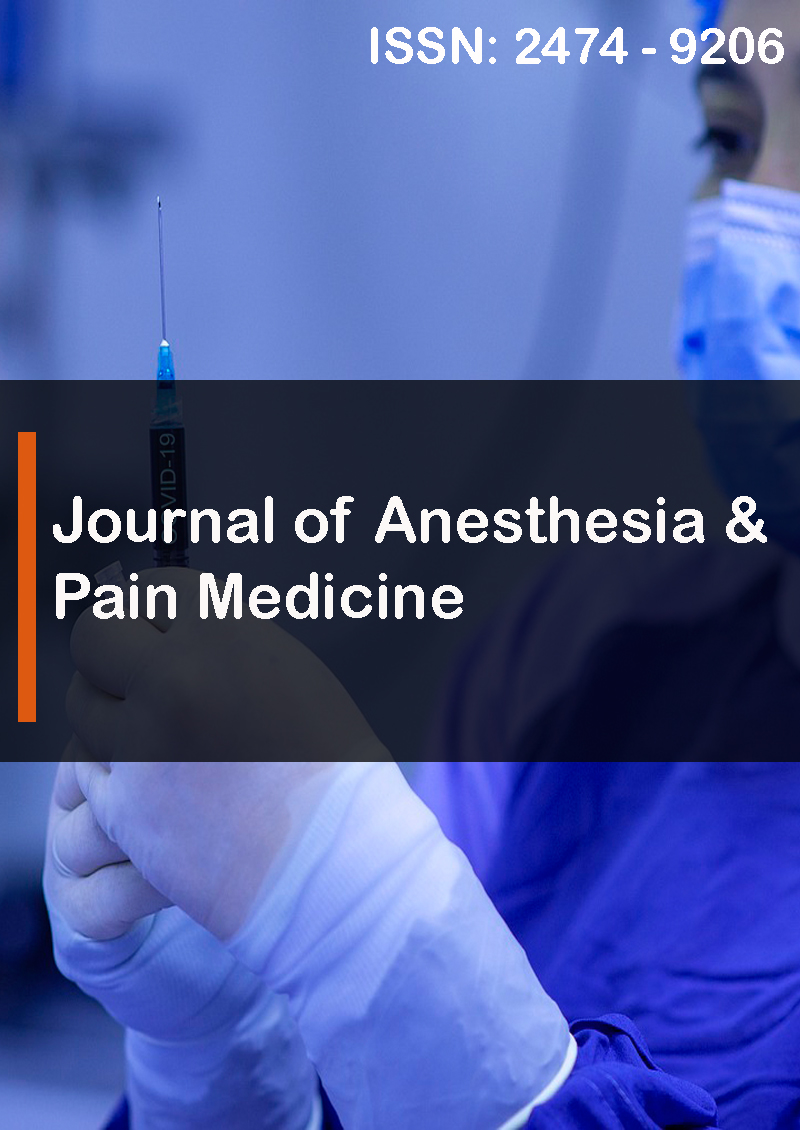A Comparative Study between Postoperative Pain Relief with Transversus Abdominis Plane Block and Local Field Block at Port Site in Lower Abdominal Laparoscopic Surgeries
Abstract
Vijay Kumar, Girishkumar Modi and Nagaraju Munagala
Background: In order to provide post-operative analgesia following abdominal incision, blocking the sensory nerve supply to the anterior abdominal wall is a potential strategy. Current methods for blocking these afferent nerves, including abdominal field blocks, have limited therapeutic usefulness, and the level of block that is accomplished is variable.
Aim: To compare the postoperative pain relief between ultrasound guided TAP block and local field block at port site in lower abdominal laparoscopic surgeries, the pain being assessed by visual analogue scale scoring.
Method and materials: Sixty patients were considered in the study, 30 patients were randomized to undergo TAP blockade and 30 were randomized to undergo local field blockade.
Results: Fentanyl consumption as total requirement of fentanyl, number of patients requiring fentanyl and incidence of nausea and vomiting. P value of ≤ 0.05 was considered to be significant. ANOVA test for age reveals the P value of 0.643 indicating that there is no significant effect of the variance in the age of patients between the groups. ANOVA for height shows a P value of 0.076, P value for weight of 0.176 and P value for ASA grading of 0.798 shows that there is no significance of the differences in the patient characteristics. Mann Whitney test, t-test, modified t-test were the statistical hypothesis tests used to assess significance of difference in patient characteristics.
Conclusion: The TAP block holds considerable promise as part of a multimodal analgesic regimen for post-operative pain management in lower abdominal surgeries.



